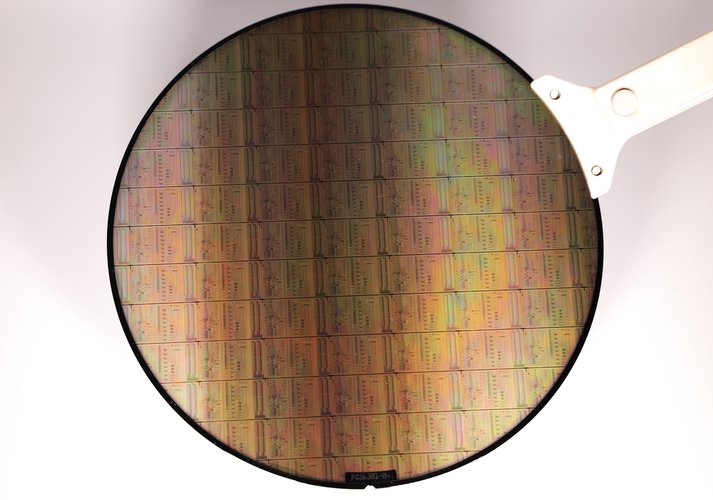In this research program, new materials for micro- and nanoelectronics are investigated. Promising approaches in materials science for future devices in microelectronics are identified in the four working groups of the research program. The research program covers a broad spectrum - from basic research in materials science to applied research on advanced devices. A variety of heterogeneous material systems are brought together in complex devices for analog, digital, neuromorphic, quantum mechanical and optical signal and data processing. In addition to these research concepts for modern devices, the "More than Moore" strategy of microelectronics offers a good starting position for innovations in the medical technology field.
The integration of "More than Moore" devices into microelectronics, based on new materials and/or concepts, is a complex challenge that requires experience in various research areas. The scope of the Materials Research department therefore covers a wide spectrum, including basic research in materials science as well as technology-related research in the field of device integration.
The success of this approach is mainly based on the close cooperation with all departments of IHP. In addition, IHP is networked with leading research institutions and universities worldwide in order to be able to identify promising approaches in materials science for future devices in microelectronics at an early stage.
-
Novel components for analog and digital circuits >> click here <<
For optical data transmission and processing, it would be a major breakthrough, if integrated light sources based on Group IV materials could be realized. Therefore, the development of CMOS compatible laser sources for photonic and sensory applications is an important research focus.
-
Neuromorphic devices >> click here <<
Memristive components have a variable resistance-based memory function. This type of device is of particular interest as a switchable element for non-volatile RRAM memories, but also for the field of analog neural circuitry.
-
Quantum Bits Devices >> click here <<
The quantum computer can be regarded as the most far-reaching innovation in quantum technology applications. There are several ways to produce the quantum bits devices. Qubits based on SiGe/Si/SiGe heterostructures offer a promising approach and the coherent properties of the qubits are significantly improved and provide a good starting point for future research activities.
-
Bioelectronic devices >> click here <<
The development of mobile point-of-care systems is a current development trend that requires further microtechnological impulses to produce innovative system solutions. By cointegration of microfluidic and electronic components the advantages of electronic sensor technology can be transferred to the point-of-care area.












